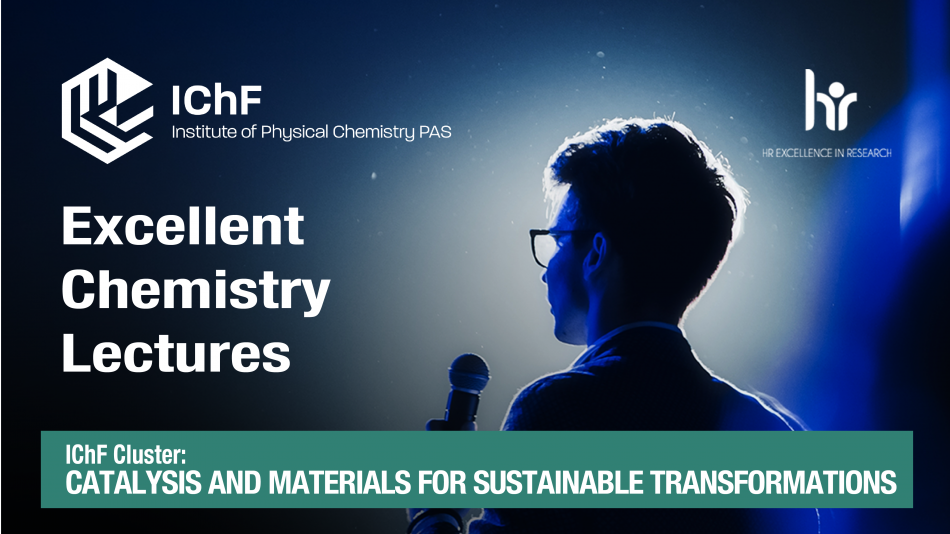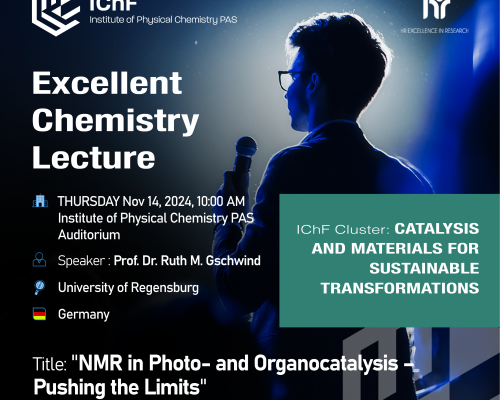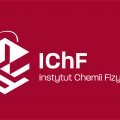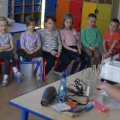Invitation to Cluster’s 3 Excellence Chemistry Lecture titled: NMR in Photo- and Organocatalysis – Pushing the Limits
Czas czytania: około 2 minuty

You are cordially invited to a talk organized by Cluster 3, titled: “Catalysis and materials for sustainable transformations”.
Title of the lecture: NMR in Photo- and Organocatalysis – Pushing the Limits
R. M. Gschwind, Regensburg/D
Prof. Dr. Ruth M. Gschwind, University of Regensburg, Universitätstr. 31, 93053 Regensburg
The detection and characterization of intermediates in catalytic reactions is crucial for the rational optimization of reaction conditions. However, in many rapidly expanding fields of asymmetric catalysis, mechanistic studies as well as structural investigations on intermediates or intermolecular interactions are scarce. In this talk I will present techniques and methods to extend the application of NMR in photocatalysis and ion pair catalysis and explain their impact on examples. First our LED based NMR illumination device [1] will be introduced together with the new triple combination illumination/NMR/UV [2] and an NMR access to intermediates below the detection limit [3]. These methods allow for new insights into one- versus two-electron processes usually inaccessible to UV/Vis [4], the inclusion of radical species into NMR reaction profiles [2], the structure elucidation of thermally labile photoswitches [2], the sequencing of tiny intermediates [5], and even insights into photosteps in photocatalysis [6]. Last, the structure elucidation, H-bond analysis, reactivity/selectivity understanding and experimental transition state combination analysis of chiral phosphoric acids in ion pair catalysis is demonstrated [7]. Here, the NMR time scale could be extended so far that even the switching of a single hydrogen bond can be detected experimentally [8]. The translation of structural insights to synthetic applications is shown at two examples: Higher stereoselectivities were obtained for a whole bundle of ion pair catalysts combining ground- and transition state analysis with dispersion donor effects [9]. Furthermore, accelerated photochemical reactions at oil-water interface exploiting melting point depression are presented [10].
[1] C. Feldmeier, H. Bartling, E. Riedle, R.M. Gschwind, J. Magn. Res., 2013, 232, 39.
[2] A. Seegerer, P. Nitschke, R.M. Gschwind, Angew. Chem. Int. Ed. 2018, 57, 7493.
[3] L. Nanjundappa, A. Seegerer, J. Hioe, R.M. Gschwind, JACS 2018, 140, 1855.
[4] C. Feldmeier, H. Bartling, K. Magerl, R.M. Gschwind, Angew. Chem. Int. Ed., 2015, 54, 1347.
[5]. S. Wang, L. Nanjundappa, J. Hioe, R. M. Gschwind, B. König, Chem. Sci., 2019, 10, 4580. [6] N. Berg, S. Bergwinkl, P. Nuernberger, D. Horinek, R.M. Gschwind, JACS 2021, 143, 724. [7] JACS, 2016, 138, 15965; JACS, 2016, 138, 16345; JACS 2017, 139, 6752; Chem. Sci. 2019, 10, 5226; Chem. Sci. 2019, 10, 10025; Chem. Sci. 2020, 11, 4381; Chem. Sci. 2021, 12, 15263; JACS, 2022, 144, 19861.
[8] L. Nanjundappa, J. Hioe, J. Gramueller, R. M. Gschwind, JACS 2019, 141, 16398.
[9] J. Gramüller, M. Franta, R. M. Gschwind, JACS 2022, 144, 1986.
[10] Y. Tian, W. Silva, R.M. Gschwind, B. König, Science 2024, 383, 750.

- Data wpisu: 13.11.2024






